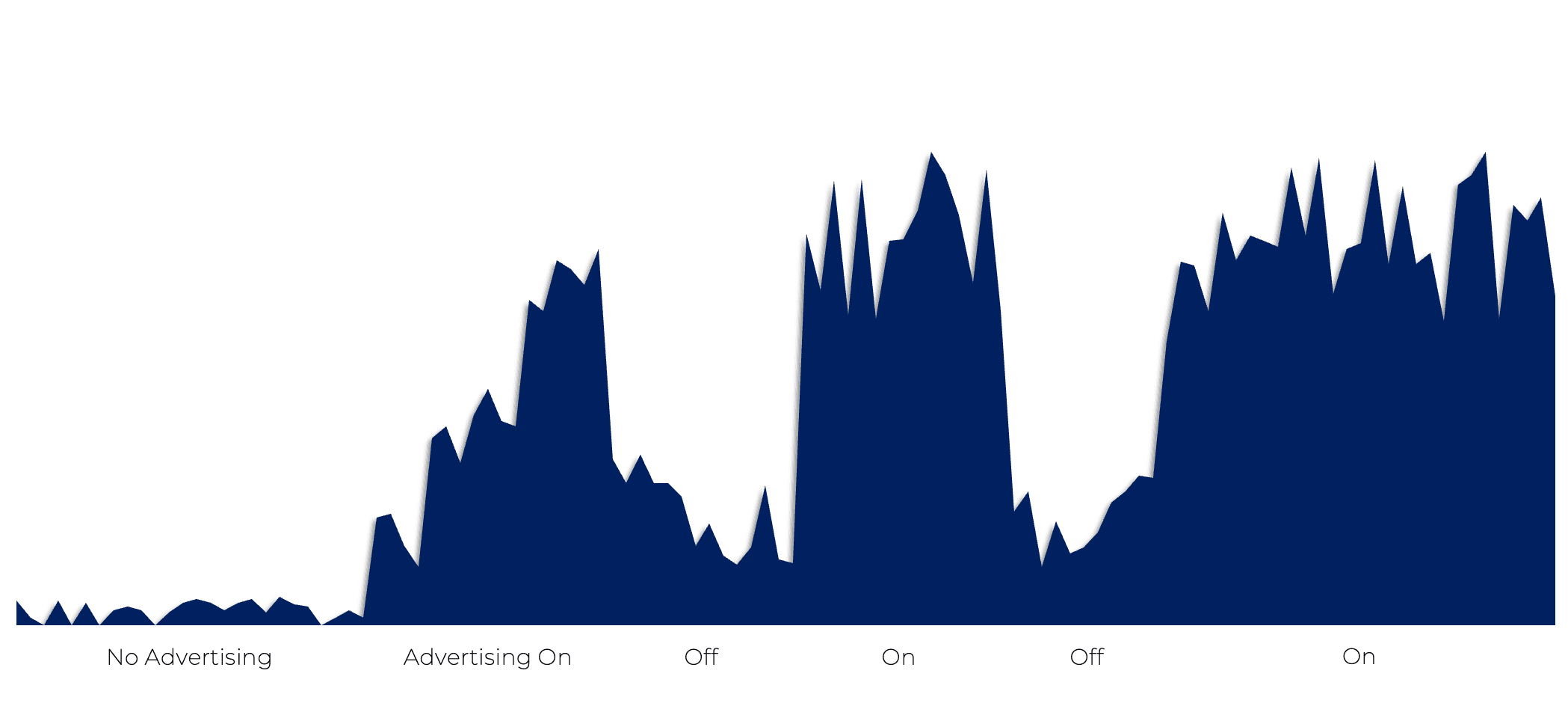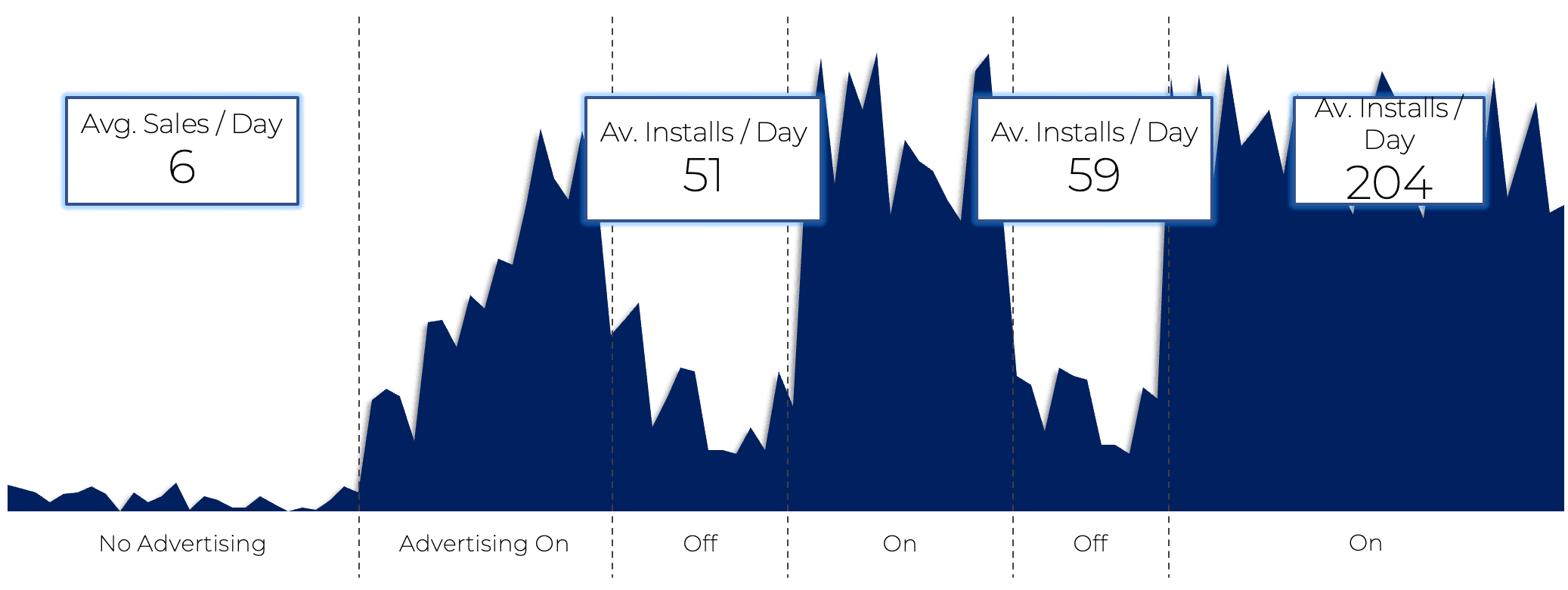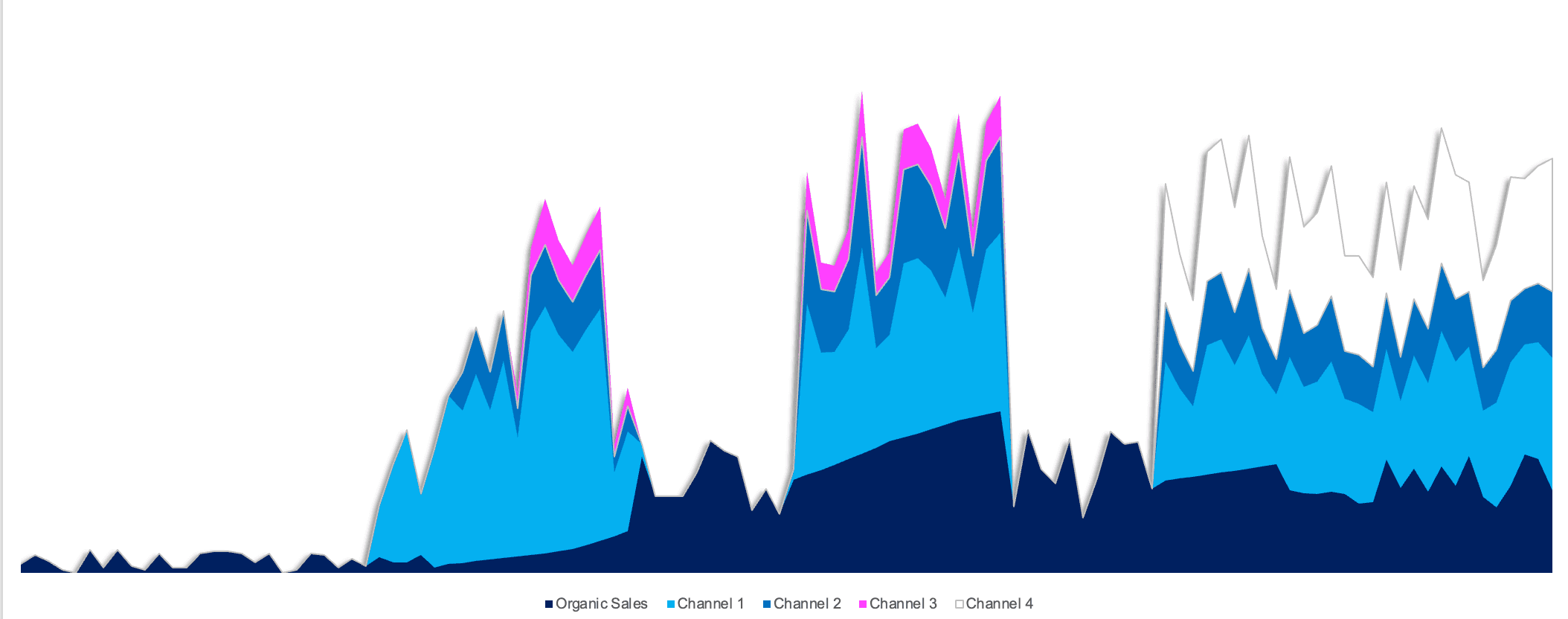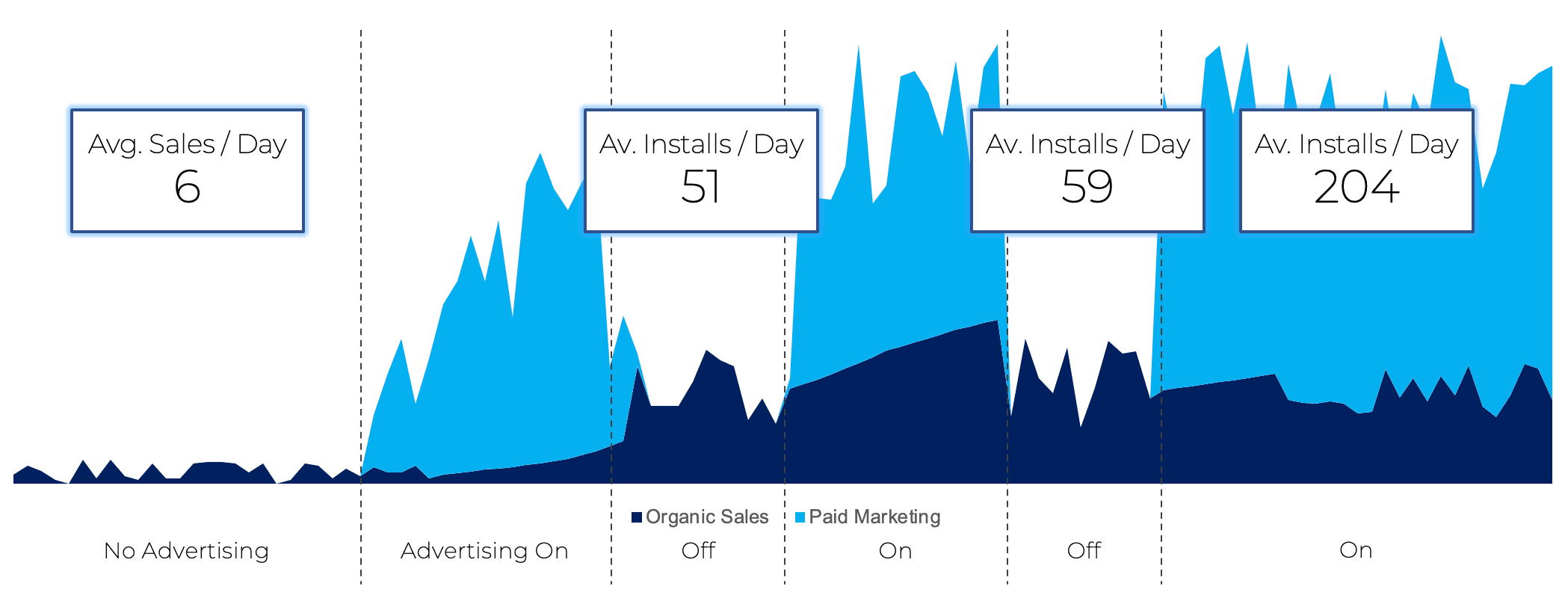Solutions
Teams
Built for your whole team.
Industries
Trusted by all verticals.
Mediums
Measure any type of ad spend
Platform
Use Cases
Many Possibilities. One Platform.
AI and Automation
The Always-on Incrementality Platform
Teams
Built for your whole team.
Industries
Trusted by all verticals.
Mediums
Measure any type of ad spend
Use Cases
Many Possibilities. One Platform.
AI and Automation
The Always-on Incrementality Platform

Many people often assume that INCRMNTAL is competing against attribution solutions. In a way, we are, but in reality, we’re not.
User based attribution, last-click attribution, view through attribution, are all valid methods for several use-cases, but the paradigm of measurement should have changed years ago.
Five years ago, while I was still at Applift, a leading mobile ad network, I published a controversial article titled “There are no organic app downloads”. In that article, I expressed my views about how the notion of organics is not just faulty, but it's plain wrong.
INCRMNTAL benefited greatly from our product offering and timing. The fact that we launched a product that allows marketers to measure marketing value, without requiring user-level data, has played to our advantage following the notorious App Tracking Transparency.
But still today, we often face questions from both customers and prospects about the notion of paid, organics, and comparing incrementality measurement results to attribution data.
The purpose of this article is to try and make sense of the complex world we live in.
Let’s start simple: The Basics of Marketing Measurement
A company launched their product, starting to market 2 weeks after the product went live. It would be reasonable to claim that advertising contributed to 99% of the lift.

When turning off marketing spend, installs fell, but not to the level of before advertising started.
The first question that pops to mind is: Should advertising continue getting credit for the lift in installs even while advertising was off ?

Most marketers we showed this agreed that advertising should get the credit for the lift in installs, even if advertising was off.
Before going into the real complexity – let’s bring user-level attribution into the picture.
Mobile attribution is a relatively simple process of matching between a user device to the install, happening on the same device.
But while it’s simple – different attribution solutions will not work the same as one another, given that each attribution solution came up with their own logic for scoring which of the user-engagement activities will be the one getting credit.
The chart below visualizes the journey of an install on an iOS device. Two of the leading mobile attribution solutions would give credit to different media vendors based on this chart, while Apple’s own SKAdNetwork would (likely) give credit to Twitter in this example.

You can read a lot more about the topic of various methodologies of attribution in an article we published a few weeks ago: Demystifying problematic measurement topic.
Attribution technically would be correct by saying that the user “came from Liftoff” or “Vungle” or “Twitter”, or any of the other media vendors from the chart above. The fact that the user journey overlapped with any of these channels is a great input for any marketer to have.
But the biggest fault in attribution reporting is that it does not represent how much overlap there is between the various ad platforms.
I’ll take a wild guess that if you – the reader of this article – use Facebook, or Instagram, or Twitter – that you’re also using Google. And maybe you’re also on TikTok. Maybe on Linkedin, maybe you dabble with Snapchat occasionally, and play a mobile game or two being served with ads by IronSource, AppLovin, Unity, and others.
Users overlap amongst channels. That’s just fact and logic.

Attribution reporting gives a nicely split view of the world, as if, users from various channels are located on different planets and do not mix. Absurdly enough, attribution using device identifiers was or sometimes is still referred to as “deterministic attribution”.
User-based attribution data is valuable for an ad platform to have a signal.
But marketers making important decisions around optimization, or budget allocation based on this data, is a recipe for disaster.
The best way to help marketers understand what attribution is missing is by referring to how “paid” vs. “organics” is being reported.
Attribution data presents a very simplified view of the world: These installs came from channel 1, these from 2, those from 3, and the rest from 4.
But which of these channels is responsible for “organics” going up? What is the actual value of channels 1, 2, 3, or 4 ?
Challenging the notion that users who were attributed to “paid” came from advertising activities, while those not attributed to “paid” must have found your app Organically – the chart below shows that even the most basic split attribution data is supposed to provide is completely skewed.
Seeing the chart as it is, would you not still claim that most of the lift during the times advertising was off should have been attributed to the paid marketing activities ? 
User-based attribution is a great data proxy – most importantly as attribution data is made available in real time or close to real time, and currently, most ad platforms are calibrated to receive attribution data postbacks as a signal to know if they are targeting the right users for you (the marketer).
But these ad signals, telling an ad platform that they have “generated x amount of users” isn’t bullet proof, as getting credit for what you would have possibly been getting for free, or getting credit where another ad platform was getting it previously, is not assisting you (the marketer) in your goal of driving growth nor efficiencies.
Incrementality measurement is the only method that measures, you guessed it, incremental gains (or loses) as a result of your advertising activities. Rather than attempting to map out the user-journey (i.e. Multi-Touch Attribution) which is impossible to do in today’s privacy centric world, incrementality is all about measuring the lift (or decline) in marketing performance, and attributing those to the marketing changes you did.
For example – if you scale up a campaign on Twitter, and had no other activity that could have been the cause for your installs to increase – an incrementality measurement platform would attribute the lift in installs to your Twitter campaign.
So while INCRMNTAL and incrementality measurement is not directly competing with mobile attribution platforms, in a way, it does. Incrementality measurement validates and measures the things that mobile attribution cannot measure.